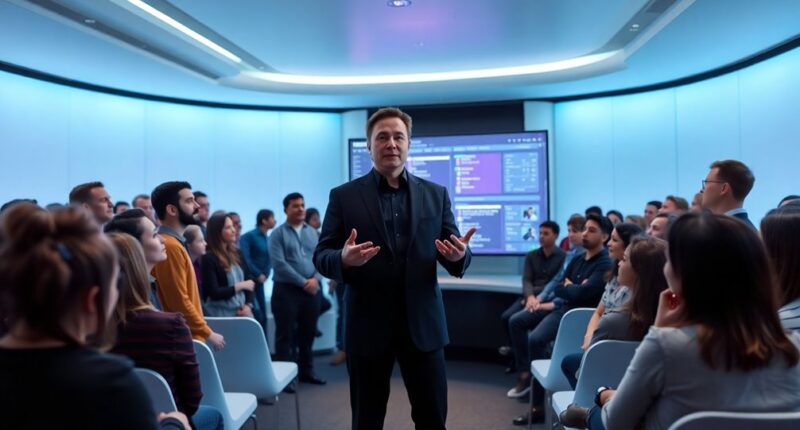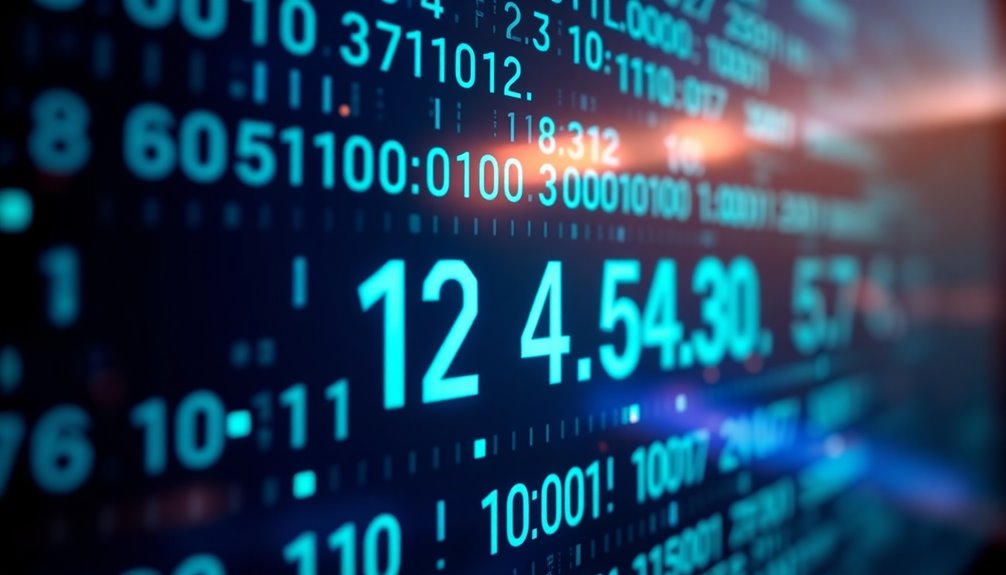You might have noticed the buzz surrounding Elon Musk's Grok 3 since its launch in February 2025. With its unprecedented computing power and innovative features, it's reshaping the AI landscape. But what does this mean for competitors and the future of AI interaction? As Grok 3 sets new benchmarks, the implications could be far-reaching. Let's explore why this development is capturing attention and what it could mean for the industry.

When you think about the latest advancements in artificial intelligence, Grok 3 stands out as a game-changer. Launched by xAI, Elon Musk's AI company, on February 18, 2025, Grok 3 is revolutionizing how we interact with AI. With an impressive computational power, trained on a massive data center utilizing around 200,000 GPUs, it offers ten times the computing capability of its predecessor. This allows Grok 3 to tackle complex tasks like never before, making it a formidable competitor in the AI landscape.
Grok 3 isn't just a single model; it's a family of models, including Grok 3 Mini, designed for faster response times. This flexibility means you can select the version that best suits your needs, whether you're seeking speed or depth in responses. The training dataset is diverse, including legal case filings and synthetic data, ensuring Grok 3 is well-rounded and accurate. Moreover, Grok 3 has been trained with ten times more computing power than Grok 2, significantly enhancing its performance.
One of the standout features of Grok 3 is its advanced reasoning capabilities, akin to what OpenAI's o3-mini offers. The DeepSearch feature acts as an AI-powered research tool, efficiently scanning the internet and X for concise summaries. If you need enhanced reasoning in fields like mathematics, science, or programming, the Big Brain Mode kicks in, utilizing extra computational resources for deeper insights. Self-correction mechanisms also play a crucial role, allowing Grok 3 to reflect on its errors and maintain logical consistency.
When you compare Grok 3's performance to that of its competitors, it shines brightly. It outperforms GPT-4o on AIME and GPQA benchmarks and scores competitively in the Chatbot Arena. These enhancements make Grok 3 a serious contender against AI giants like OpenAI's GPT-4 and Google's Gemini.
The development of Grok 3 was no small feat. Using the Colossus Supercomputer, which is powered by 100,000 Nvidia H100 GPUs, it amassed a staggering 200 million GPU hours for training, significantly surpassing Grok 2's capacity. This investment in technology has translated into improved efficiency and faster response times, even with Grok 3 Mini.
As for its market impact, Grok 3 is strategically positioned to rival existing AI models, thanks to significant funding from major investors like Nvidia and AMD. Initially available to Premium+ subscribers, broader access is on the horizon, along with exciting future developments like voice mode and API integration. Grok 3 isn't just an incremental update; it's a bold leap forward in the world of artificial intelligence.









